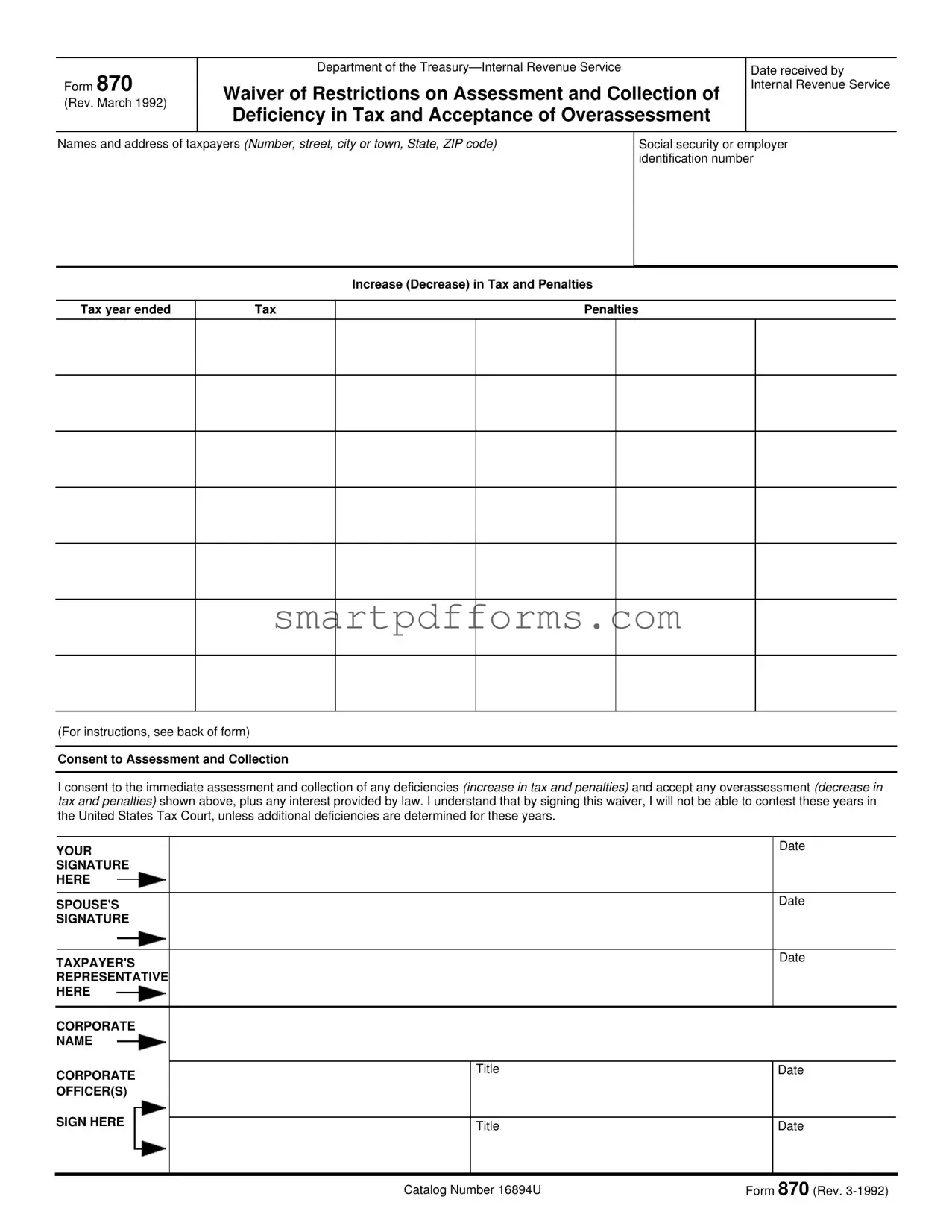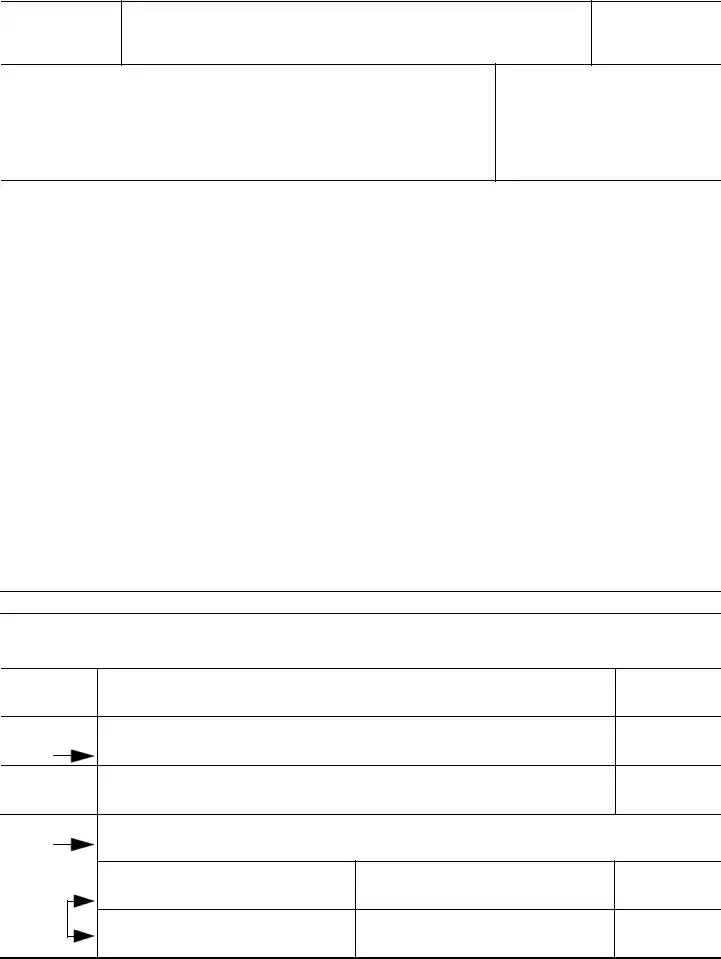Navigating the intricacies of tax obligations and the Internal Revenue Service (IRS) procedures can be daunting for taxpayers. One facet of this complex system is embodied in Form 870, officially titled "Waiver of Restrictions on Assessment and Collection of Deficiency in Tax and Acceptance of Overassessment," as revised in March 1992. This crucial document plays a pivotal role in the final stages of an audit or tax dispute resolution process with the IRS. By signing Form 870, taxpayers agree to the immediate assessment and collection of any changes in tax and penalties—whether these denote increases or decreases. What sets this form apart is its dual nature; not only does it expedite the adjustment to a taxpayer's account, thereby potentially limiting interest charges, but it also signifies the taxpayer's waiver of the right to contest the findings in the United States Tax Court for those specific years, barring the determination of additional deficiencies. It is crucial for taxpayers to understand that this consent is not all-encompassing, as it leaves room for filing claims for refunds on payments made if they later believe such claims are justified, nor does it preclude the IRS from making future determinations of additional tax owed. Detailed in this form are instructions for who must sign—encompassing individual taxpayers, spouses in joint filings, and corporate officers, along with provisions for attorney or agent signatures under specific conditions. The interplay of federal and state tax assessments, considerations for filing state forms upon changes, and the avenues available for disputing disallowed claims further underscore the significant implications and procedural nuances encapsulated in Form 870.




